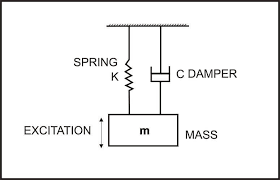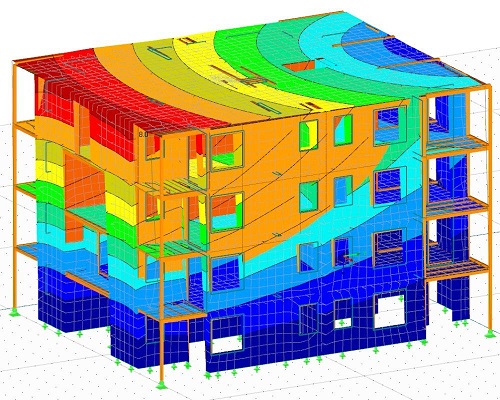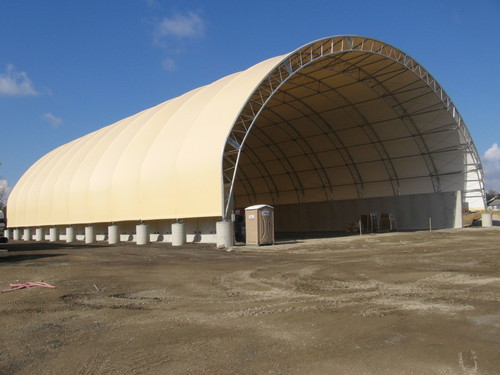Specialist Services

Vibration Analysis
Vibration Analysis is a technique used to identify and predict mechanical imbalances in industrial machinery, by measuring the vibration and identifying the frequencies involved.
Normal vibration analysis is aimed at identifying unexpecetd vibrations in order to be able to schedule maintenance before the equipment experiences a failure. Just as mechanical equipment can experience a failure, the structure to which it is connected also experiences these unbalanced forces, which can lead to much higher structural loads than anticipated.
Our FEM experience includes the following:
- Instrumentation of structures to identify the extent of vibrations
- Modelling and analysis of structures in order to arrive at proposed remedial measures to remove or minimise the impact of machine vibrations
- Design of structures based on expected machine vibrations from equipment such as hoppers, shaker tables, screens etc.
- Application of loads in various combinations, in phase and out of phase

Seismic Analysis
Seismic Analysis is a subset of structural analysis, and a specialised application of vibration analysis.
Our experience includes the following:
- Equivalent static analysis - often seen as over-simplified and is not widely used. It can however provide quick initial results for concept modelling
- Response spectrum analysis - due to its linear nature and fast analysis times, RSA is favoured by many. It can lead to conservative results.
- Linear dynamic analysis using time histories as input - more rigourous than the SRA method and more time consuming.
- Nonlinear static analysis - pushover analysis
- Nonlinear dynamic analysis - this is the most complex and demanding type of analysis, normally done only for structures with high consequence of failure (eg. nuclear) or for highly irregular structures where a linear approach may not yield accurate results.

Fabric/Tensile Structures
Tension fabric structures offer a highly efficient structural solution to the loads expected. The compression elements in the structure are sized to provide the support needed, while the fabric used for the roofing provides the tensile resistance to ensure stability of the compression members. The efficient use of steel in the structure leads to very light structures for the area covered.
We can provide:
- Design of the main structural steel members, as well as bracing members
- Design of any secondary members required to support the fabric, if any. This is often necessary only when a very specific shape structure is required.
- Provision of cutting patterns for the fabric
- Design of all foundation members to resist the expected forces from the structure
